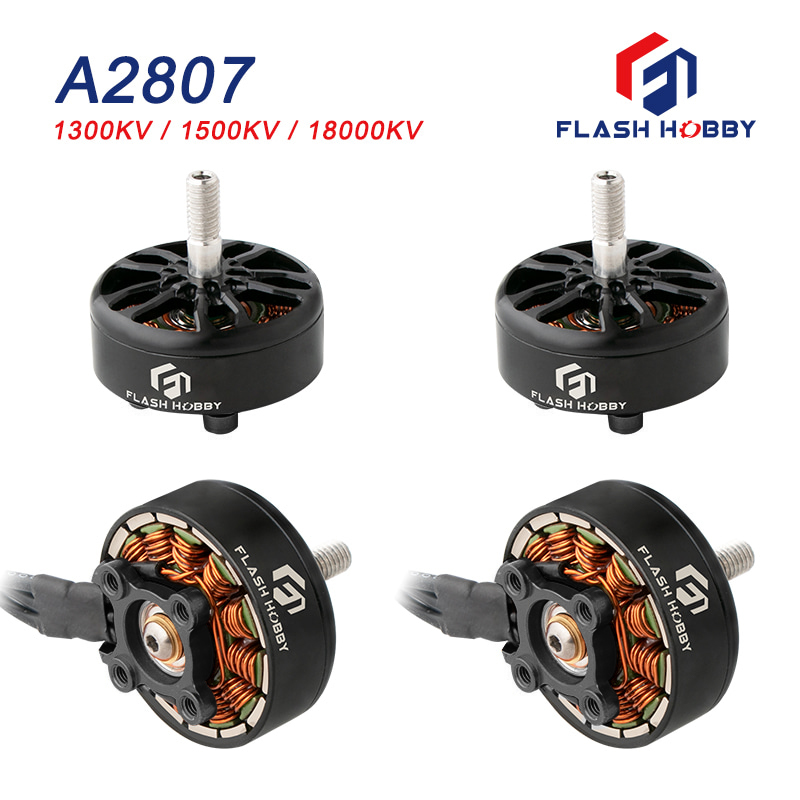What is a brushless motor and How Does It Work?
2023-10-18
A brushless motor is an electric motor that operates without the use of brushes and commutators typically found in traditional brushed motors. Instead, it uses electronic commutation to control the motor's operation. Brushless motors offer several advantages over brushed motors, including higher efficiency, longer lifespan, higher power-to-weight ratio, and precise speed control. Here's how a brushless motor works:
1. Basic Components: A brushless motor consists of several key components:
- Rotor: The rotating part of the motor, typically made of permanent magnets.
- Stator: The stationary part of the motor, typically comprised of multiple coils or windings.
- Hall Effect Sensors: These sensors are mounted on the stator and detect the position of the rotor magnets.
2. Electronic Commutation: Brushless motors utilize electronic commutation to switch the current flow in the motor's windings. The commutation process is controlled by an electronic circuit, often referred to as an Electronic Speed Controller (ESC) or motor controller.
3. Hall Effect Sensors: The Hall effect sensors on the stator provide feedback to the motor controller about the position of the rotor magnets. This information is crucial for the precise timing of current switching in the motor windings.
4. Three-Phase Operation: Brushless motors typically operate on a three-phase power supply. The windings in the stator are arranged in a star or delta configuration, forming three phases.
5. Commutation Process: As the rotor rotates, the Hall effect sensors detect the position of the rotor magnets and send signals to the motor controller. The motor controller uses this information to determine when to energize the appropriate motor windings.
6. Electromagnetic Field Generation: The motor controller energizes the stator windings in a specific sequence based on the rotor position. This creates a rotating electromagnetic field that interacts with the permanent magnets on the rotor.
7. Rotational Movement: The interaction between the rotating magnetic field and the permanent magnets on the rotor causes the rotor to rotate. By continually monitoring the rotor position and adjusting the current flow in the windings, the motor controller maintains precise control over the motor's speed and direction.
8. Speed Control and Efficiency: The motor controller adjusts the timing and amplitude of the current in the motor windings to control the motor's speed and torque output. This precise control allows for efficient operation and enables applications that require varying speeds and high levels of control, such as robotics, electric vehicles, and industrial automation.
In summary, a brushless motor operates using electronic commutation and Hall effect sensors to precisely control the current flow in the motor windings. This design eliminates the need for brushes and commutators found in brushed motors, resulting in improved efficiency, longer lifespan, and greater control over motor operation.



